Written by Nate Deck, Field Test Expert and TriSports Ambassador Team Athlete
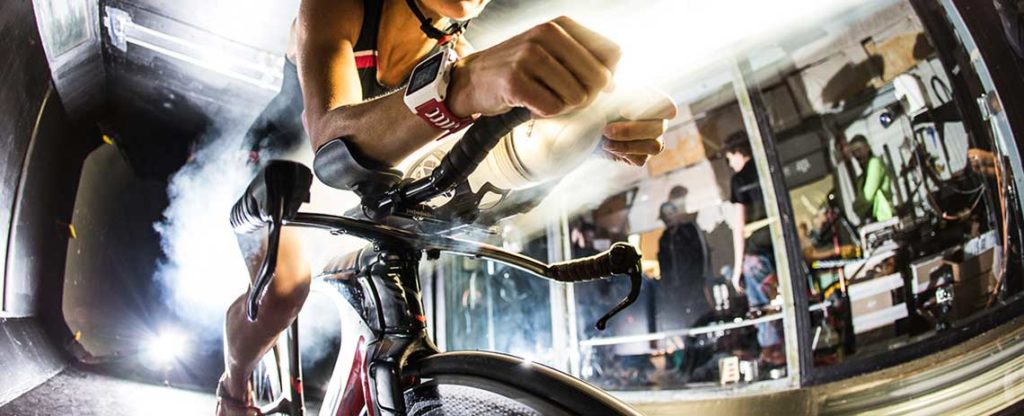
Triathletes have various obsessions with making marginal gains. These seem to go in phases from weight and power in the off-season to aerodynamics as race day gets closer. But I’ve noticed a trend over the last few years: friction. As aero-everything becomes mainstream, reducing friction has come to the forefront as the way to get a leg up on your competitor.
Take a look at pictures of the equipment the pros were running at Kona this year and you will see a trend. Hubs, bottom brackets, and derailleur pulleys were all replaced with ceramic bearings. Even chains were getting a special coating to reduce drivetrain friction.
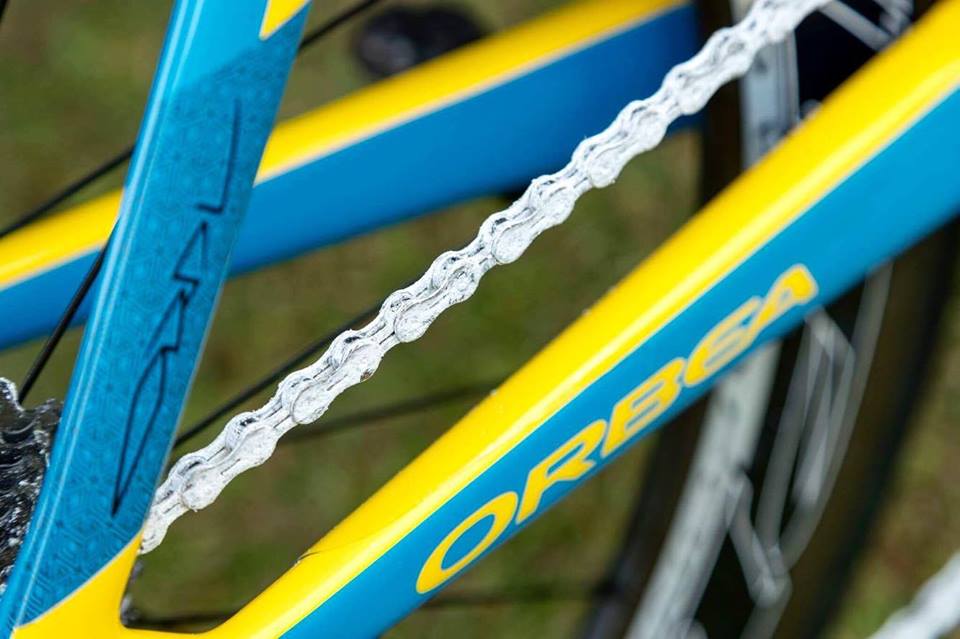
This may leave you wondering, should I upgrade? Or maybe you already know you want to upgrade, but don’t know where to begin. First, we need to get an understanding on what realistic gains we can expect from a ceramic upgrade.
But the manufacturer says…
I know. Manufacturers make some amazing claims about their products. So let’s start there. We need to know what makes ceramics bearing so much better than normal (steel) bearings in theory.
As a material, ceramic is better suited for bearings because it is harder than steel, and it can be made more smooth and more round than steel. Obviously a harder bearing is more durable, so it should last longer. Also, being able to produce a more perfectly round ball will help things roll faster with less effort.
You sound like you don’t believe them…
Yes and no. In theory, it all sounds like a magical component that you can swap out and immediately gain the equivalent of 10 watts. However, just because ceramic has the potential to be rounder and smoother does not mean it is by default.
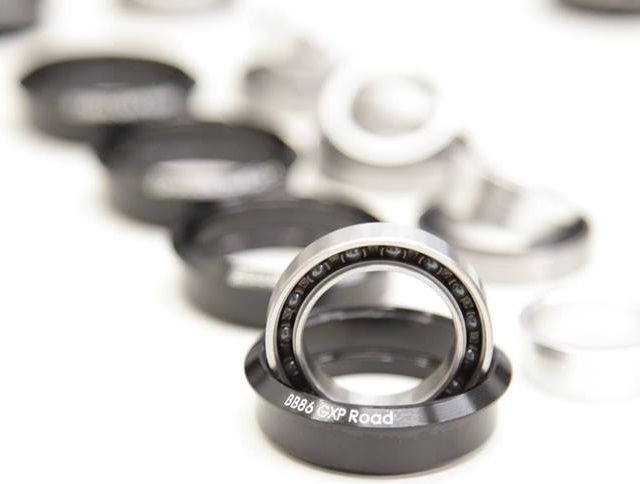
First of all, you need to understand that a bearing is not just about the little balls that help the part turn. A bearing is actually made of two rings (called races) with the ball bearings in between. The ball bearings roll and allow the inner and outer rings to turn. Some manufacturers have made a hybrid ceramic bearing with the balls being ceramic and the races being steel. This saves money, but it fails to take into account the difference in hardness of each material. The hard ceramic bearings can wear down the softer steel races more quickly than if the two were made of the same material.
The other big part of the equation is the lubrication. Steel bearings need that lubrication to keep them running smooth. For ceramics, the lubrication diminishes some of that smoothness that would be gained from a perfectly round bearing, but without it, riding in rain and mud would allow gunk to build up inside and ruin the whole thing.
OK, so has anyone actually proved these things work?
There have been some third party tests done on ceramic bearings. The most well known is the Colorado-based company Friction Facts. The biggest factor in the potential time savings on any ceramic part is its RPM’s. That means the faster a part turns, the more savings a ceramic bearing could potentially give you. That breaks down something like this:
- Derailleur Pulleys (Approx. 0.5-2.0 watts)
- Wheel Hubs (Approx. 0.5-1.0 watts)
- Bottom Brackets (Approx. 0.03-0.5 watts)
For each of these parts there is a given range of potential savings that depends on what you are currently using. For example, the difference in switching your derailleur pulley from a Dura-Ace to a CeramicSpeed is 0.35 watts. Change that to an oversized pulley and you get 0.6 watts. However, if you are currently running a 105 or lower-end pulley the savings could be up to a full watt or more.
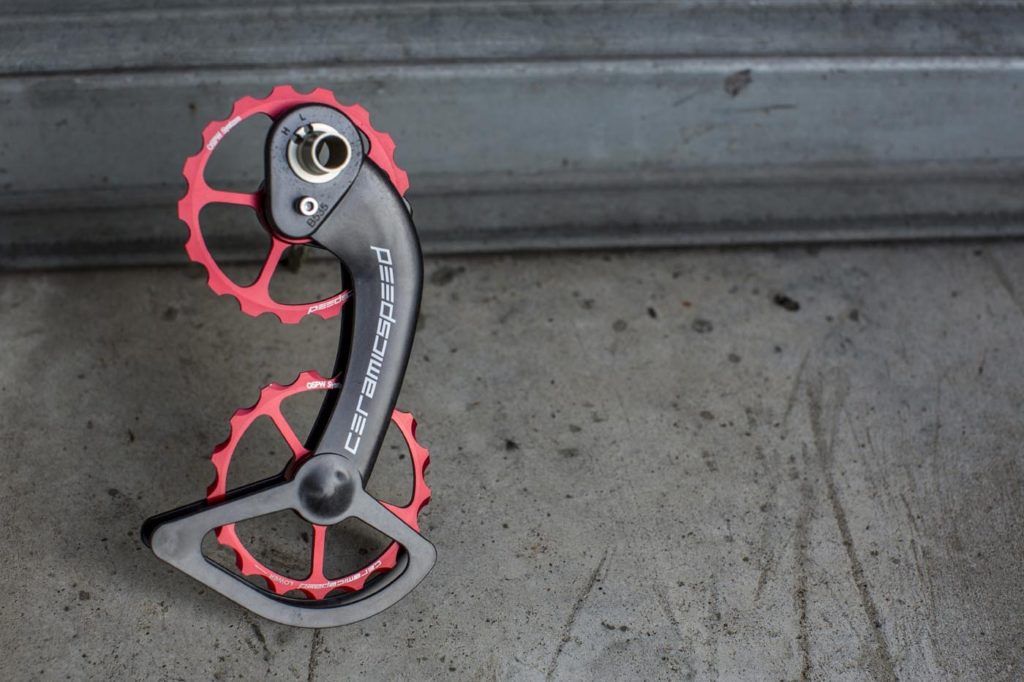
That’s not a lot of savings
You’re right. And when you look at dollars per watt, it doesn’t look better. Best case, switching to an oversized CeramicSpeed pulley costs about $250 per watt. By comparison the average on an aero helmet over a regular one is around $10 per watt and aero wheels come in at about $150 per watt.
High performance parts for race day
On the positive side, there is a savings there! If you are trying to squeeze every last bit of savings out of your rig, this is a great new innovation that can help you. Just understand that these are special, high performance parts for one purpose: to get you from point A to point B as fast as possible on race day. These are not designed to be day in and day out parts.
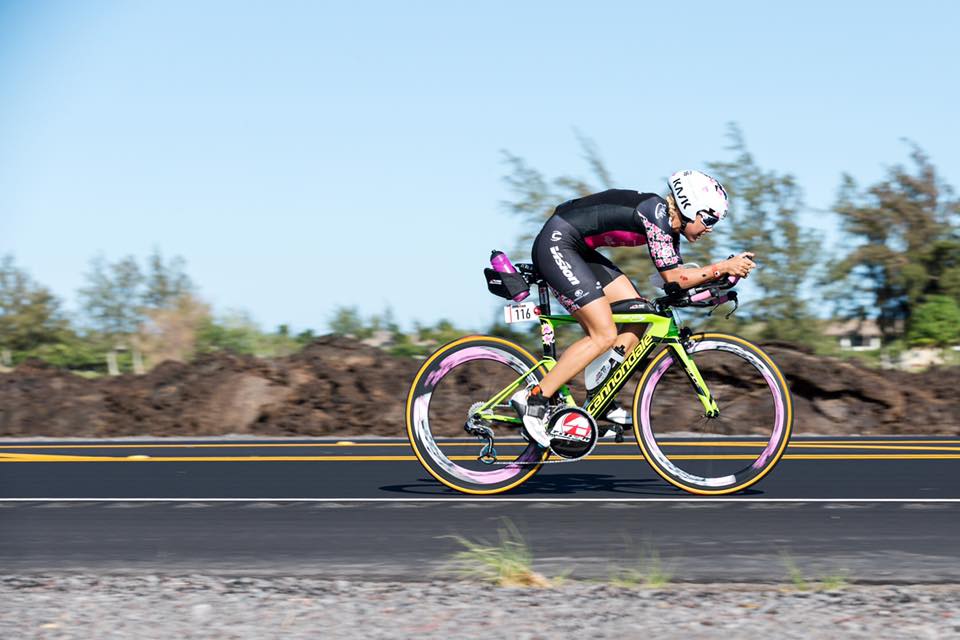
A great example of this is a response that HED wheels have on their FAQ page regarding ceramic hubs.
“Up until 2011, some of our wheels came as standard with ceramic bearings. In theory, these should offer lower rolling resistance than standard stainless bearings. However, with use in punishing conditions we were finding that the ceramic bearings were actually more susceptible to becoming contaminated. Consequently, these bearings were going “rough” far quicker than the stainless variety. When new, our ceramic bearings did offer very low rolling resistance but in use we found that this didn’t remain the case. Our high grade stainless bearings that are now available in our wheels actually offer lower rolling resistance for a longer period of time when compared to the ceramic variation due to their harder wearing nature.”
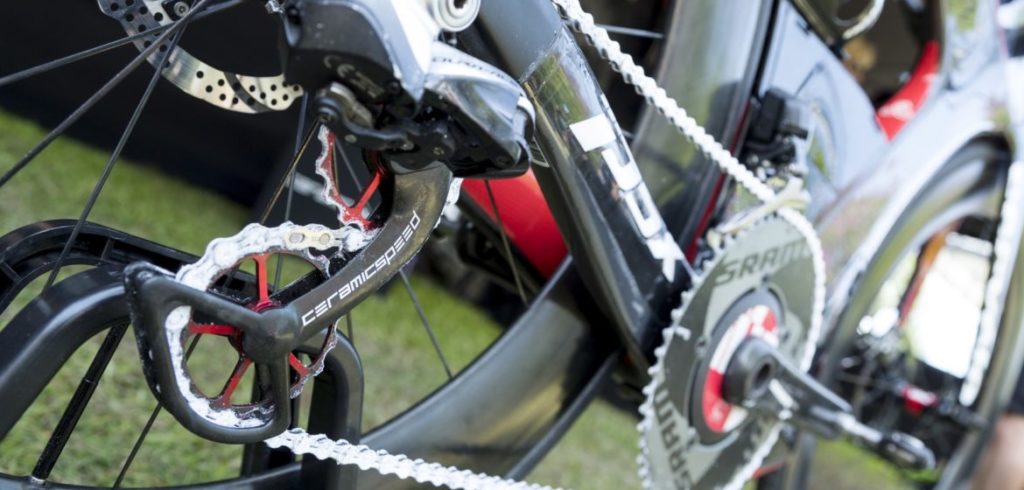
So what should I do?
First, make sure you’ve gotten every last bit of speed you can out of your current equipment and make sure it is clean and well maintained. Check out the 5 bike repair lessons for triathletes. Like they say, “an ounce of prevention is worth a pound of cure.”
Next, if you’re ready to go ceramic, here’s a good place to start. Look at Ultra Fast Optimized (UFO) Chains. Friction Facts created this process to specially clean and coat a chain to reduce as much friction as possible. CeramicSpeed bought this part of the business a few years back. Again, this is not an everyday chain, but come race day, it will save you the most watts.
If your budget allows, you can look at derailleur pulleys too. You can even get CeramicSpeed’s Watt Saver Kit which comes in a variety of configurations to upgrade both your chain and derailleur. And finally, the bottom bracket to smooth out your ride.
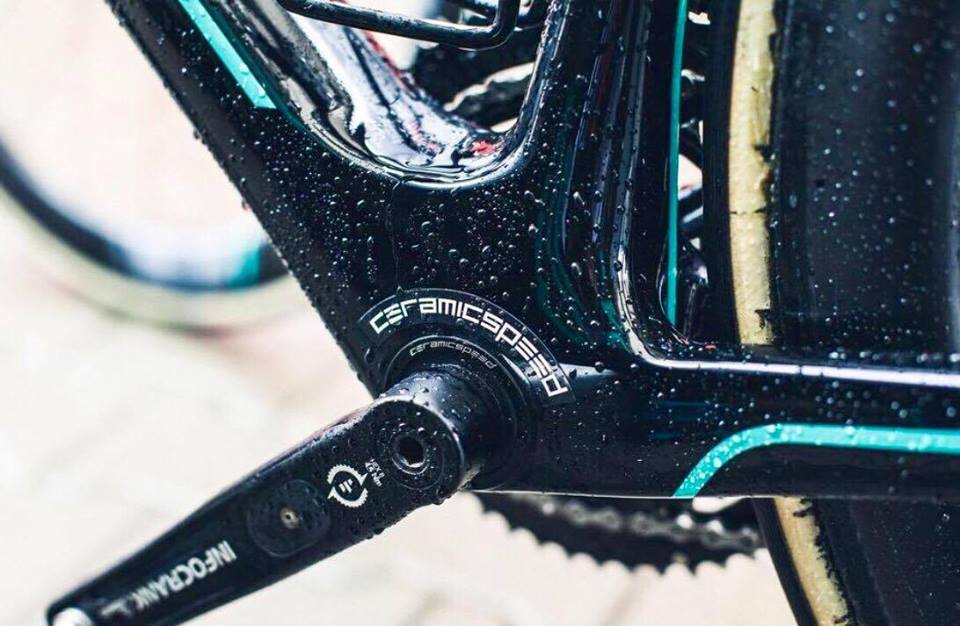
Final thoughts
Going ceramic is not a cheap investment. If you, your kit and rig are already performing at your max and are still looking to save some watts, then it may be time to make the ceramic investment. Similarly to swimmers shaving their legs for race day, cyclists and triathletes can upgrade to ceramic to help juice as much watt-savings for better performances.
The bottom line is that you need to make sure that if you are going to upgrade, you need to make it count and have realistic expectations. If you do it right, you’ll be satisfied knowing you have the fastest possible rig come race day.
 About the Author: Nate is a husband, father, triathlete, and teacher. Nate likes to help others learn from his triathlon mistakes and successes, aiming to encourage athletes new to triathlon. When he’s not hanging out with teenagers, he can be found swimming, biking, and running around central North Carolina, blogging, or on twitter @n8deck.
About the Author: Nate is a husband, father, triathlete, and teacher. Nate likes to help others learn from his triathlon mistakes and successes, aiming to encourage athletes new to triathlon. When he’s not hanging out with teenagers, he can be found swimming, biking, and running around central North Carolina, blogging, or on twitter @n8deck.
